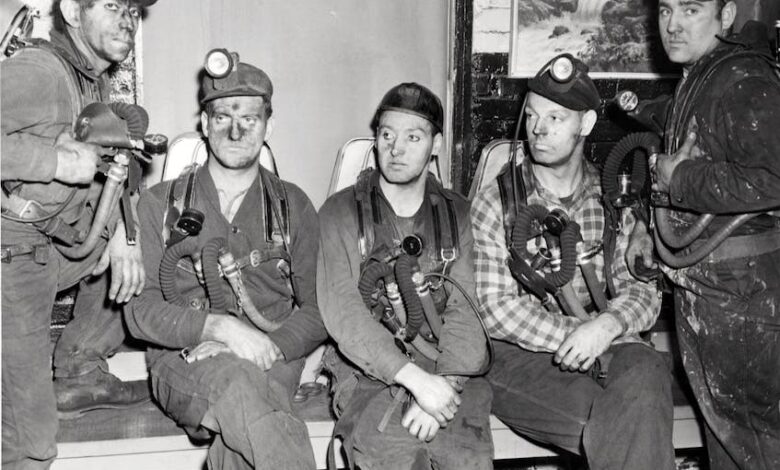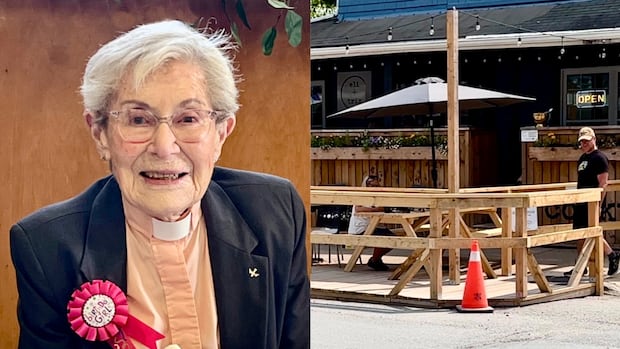Harold Brine, last survivor of the Springhill mine disaster, dies

Somewhere, a kilometre above Harold Brine, there was a two-year old girl who needed him.
As he waited to die in the dark of the Dominion Steel and Coal Company’s No. 2 Colliery, Brine thought of how he needed her too.
“I thought, ‘she’s only two, will she remember me?’ That was one of my concerns,” Brine told SaltWire in 2018.
Five days after the “bump” that saw the floor of their mine shaft lift up and crush 75 miners, Brine and 11 other survivors in his group were freed by draegermen.
Brine died with medical assistance recently at his home in New Brunswick surround by his wife, Murreil, daughter, Bonnie and granddaughter Luanne.
He was 91 years old.
Brine was the remaining living survivor of the disaster that brought the eyes of the world to Springhill and changed a community.
“There’s a sadness,” said Valerie Ruddick-MacDonald.
“Though I knew it was going to happen, when Harold passed, my heart ached for us losing him and losing a part of our history.”
Valerie was playing in the backyard with some of her 11 brothers and sisters on the evening of Oct. 23, 1958.
The ground shook under them.
They looked to the pit head just behind their home.
Their father, Maurice Ruddick, was down there.
In the kitchen they found their mother rocking their baby sister, Trina.
“Momma said, ‘something’s happened in the mine,’” remembered Ruddick-MacDonald.
“In your heart you knew what it was, even if you were only young.”
As trained draegermen and fellow miners worked around the clock seeking survivors, they initially found only bodies.

Ruddick-MacDonald went every day down to the tents set up by the pit head to listen for word on their father.
“She was in bad shape – she had 12 children, how would she raise them all alone,” said MacDonald-Ruddick.
“As a young child, it was exciting. We didn’t really have a concept of what was happening. They were giving out hot chocolate and donuts, and that was a rarity for us. And there were kids from other families there who you met.”
Most of those children would have to grow up without fathers.
But there were two groups of survivors – the 11 with Brine and another group of seven that included Maurice Ruddick.
“We knew they were working towards us — but could they get to us in time?” Brine told The Chronicle Herald in his 2018 interview.
“There was no panic, nobody got excited. We all just sat there waiting to survive.”
He also spent a lot of time wondering what it would be like to die of thirst, as he and fellow miners drank their own urine in an effort to retain some moisture in their bodies.
Ruddick, as the eldest at 46 years old, was elected by the those trapped with him to ration their limited food and water supplies.
He would later be remembered as the “singing miner” for leading the trapped men in singing spirituals in an effort to keep their hope alive.
After five days, Brine’s group were rescued.
Three-and-a-half days later, Ruddick-MacDonald got her father back.
The eyes of the world moved on.
Springhillers were left to pick up the pieces and soldier on.
For those like Ruddick-MacDonald, who remember not just the immediate aftermath, but the years of pain and work that followed, the Springhill mine disasters are so much more than dry words on a monument.
“It meant something to me,” said Ruddick-MacDonald.
“But when we’re gone, that’s the end of the story.”



